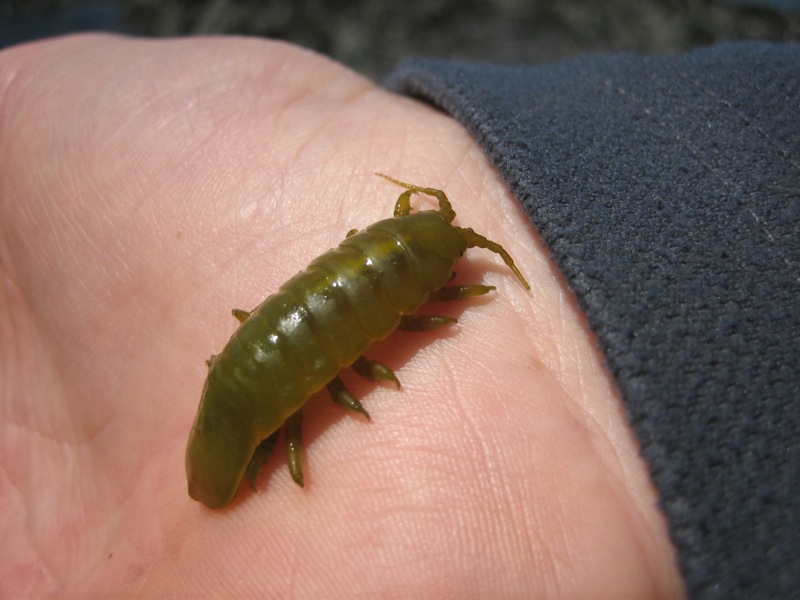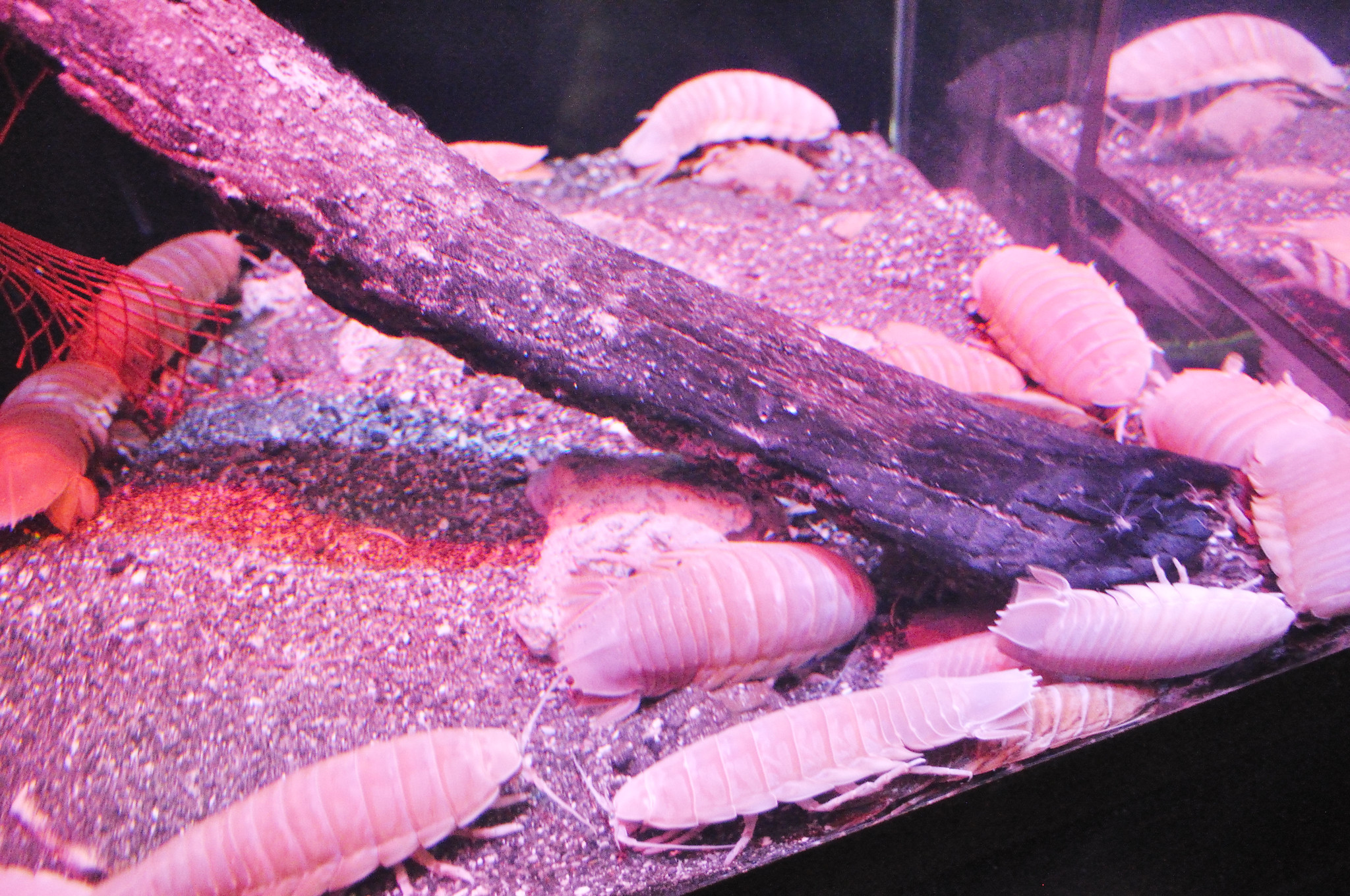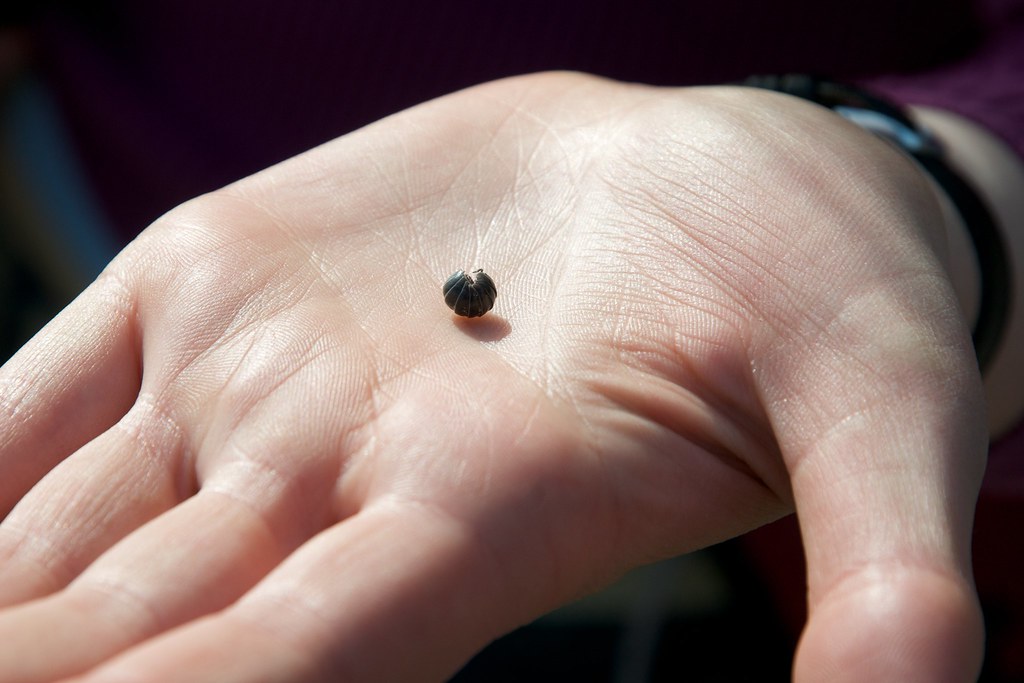You may have noticed that we sell isopods at The Tye-Dyed Iguana and Indoor Cultivator. They can be used to keep soil healthy for your plants by breaking down decaying matter. But they can also be used in your reptile or amphibian terrarium.
The practice of creating a habitat that includes isopods (or other custodians) and plants or exotic pets is called bioactive husbandry.
Why would you want to mess with adding little crawly things to your enclosure? Well, some people like cultivating an isopod community just to enjoy the little creatures themselves. You can also use them, however, to break down waste in your tank, including exotic pet feces and shedded skin.
Keep reading to find out more about the basics of custodians and bioactive terrariums...
What custodians do
Custodians are also referred to as microfauna, and these tiny animals do a lot of tank clean up. They will eat fecal matter, decaying plant matter, and reptiles’ shedded skin. They also eat deceased feeder insects that your reptile or amphibian didn’t eat.
Because of this, they can make keeping your exotic pet a little easier for you as far as maintenance goes.

That doesn’t mean you won’t still have maintenance and cleaning to do. Depending on how many custodians you have and how you maintain their environment, you’ll likely still need to remove some feces or other waste from the terrarium. It will, however, be required less often than if you didn’t have custodians.
If you keep live plants in your terrarium, then the deal gets even sweeter. Microfauna aerate the soil and process nutrients from the waste, enhancing fertilization of the soil in the enclosure.
Custodian varieties
Isopods are one of the most popular custodians available, and they come in several varieties themselves. Here are a few you may find available for purchase:
- Dwarf white isopods
- Granulated isopods
- Calico isopods
- Powder blue isopods
- Giant orange isopods

In addition to isopods, you can create bioactive habitats with springtails, millipedes, cockroaches, and other beetles. You do, however, have to be careful to make sure that different species of microfauna can go in the same environment together.
Can you use wild isopods?
Because certain varieties of isopods are fairly common, some keepers do catch their own wild isopods and introduce them to their terrariums. But you would do so at your own risk.
Just like you would not catch wild insects and feed them to your exotic pets for risk of parasites, pesticides, and other potential dangers, it’s better to purchase captive custodian specimens for cleaning your tank. Remember, your pet may occasionally snack on them.

Also, the isopods called rolly pollies or pillbugs, that are commonly found in yards, have longer sexual maturity cycles than many captive breeds, making them more difficult to successfully maintain.
Keep an eye on our blog to find out more about caring for isopods and introducing them to your terrarium.
